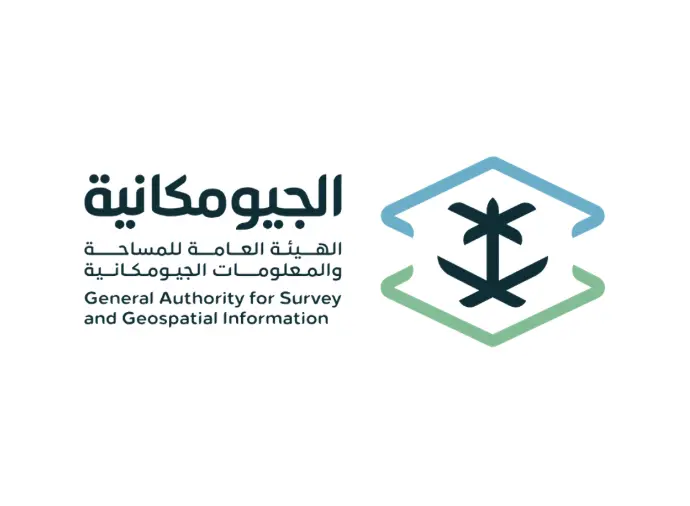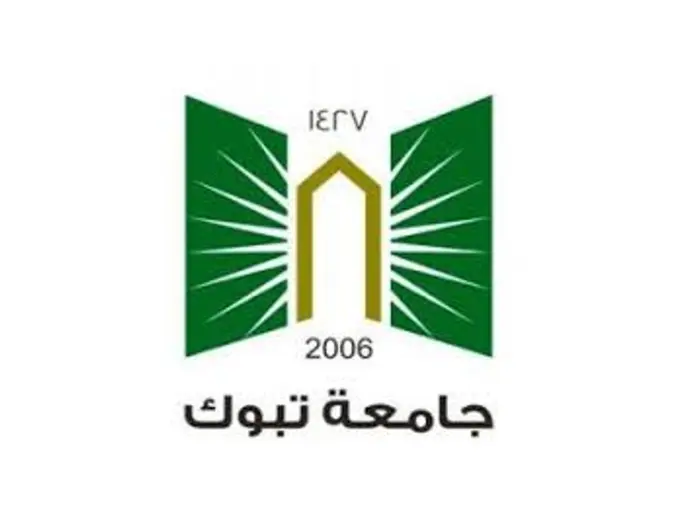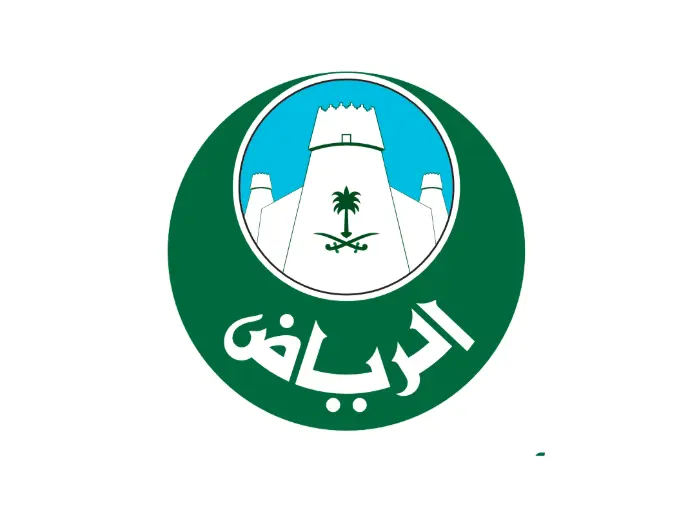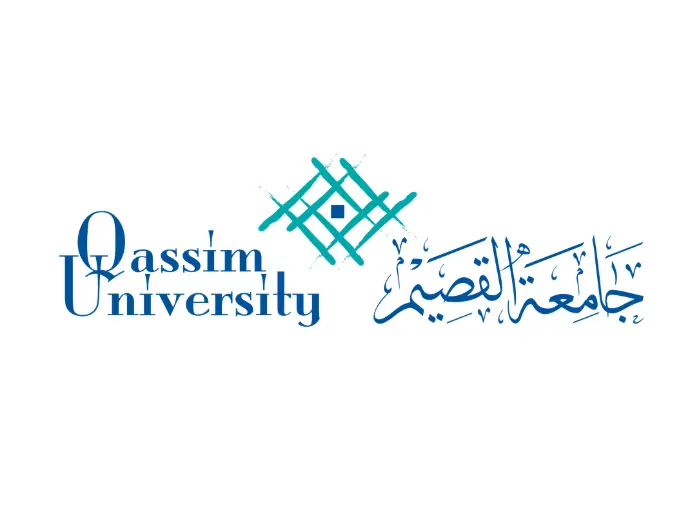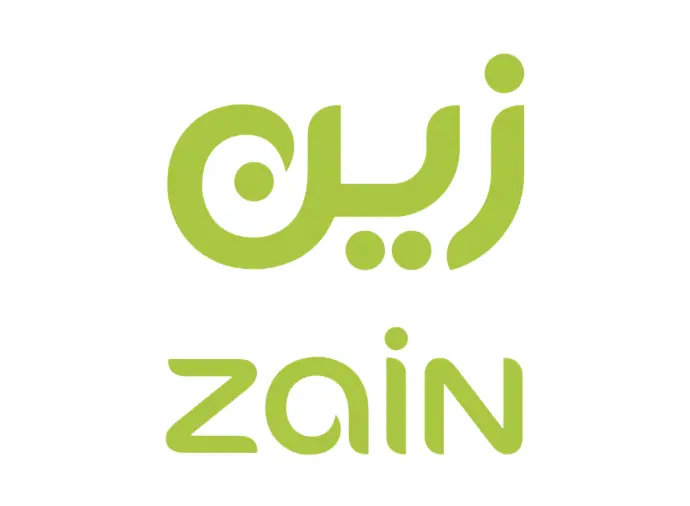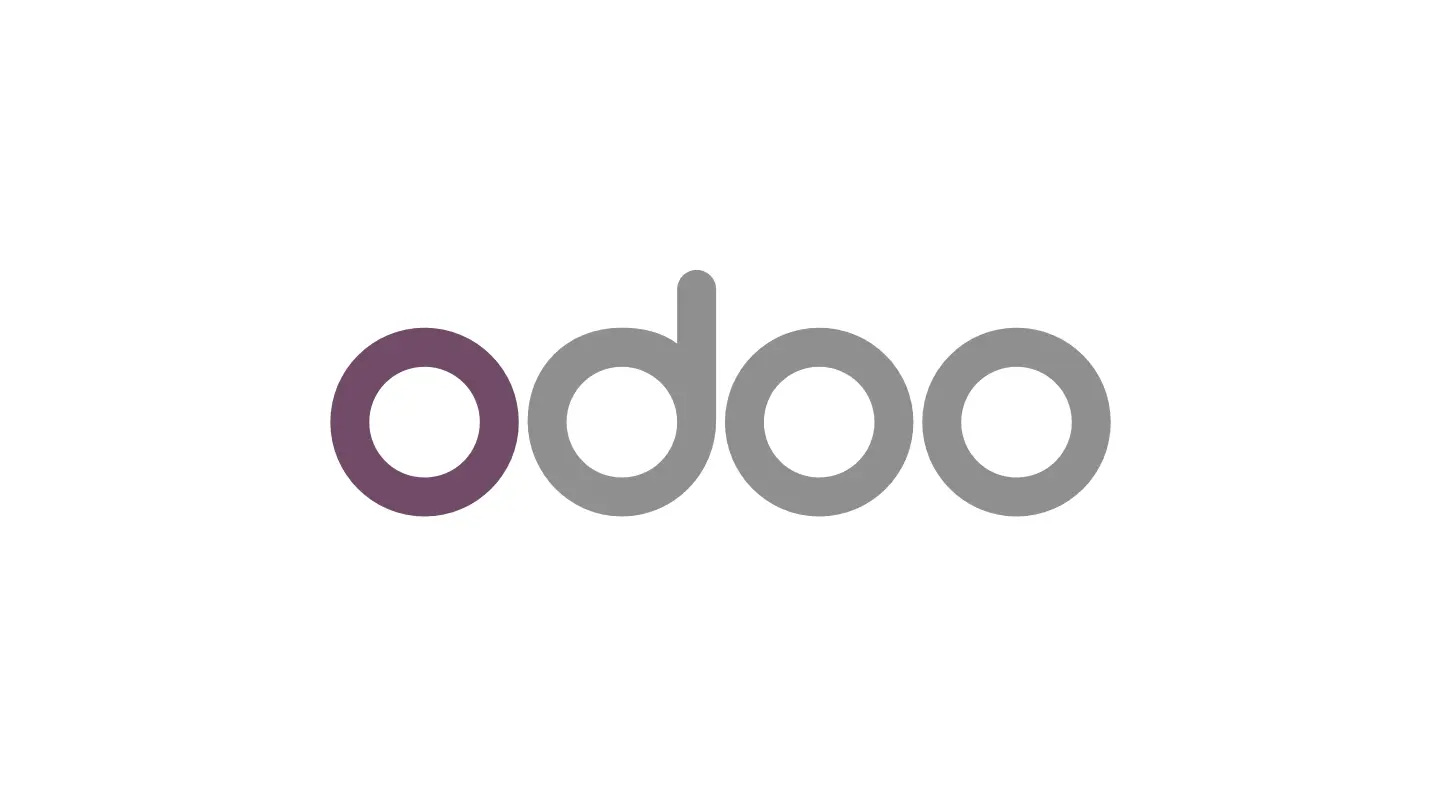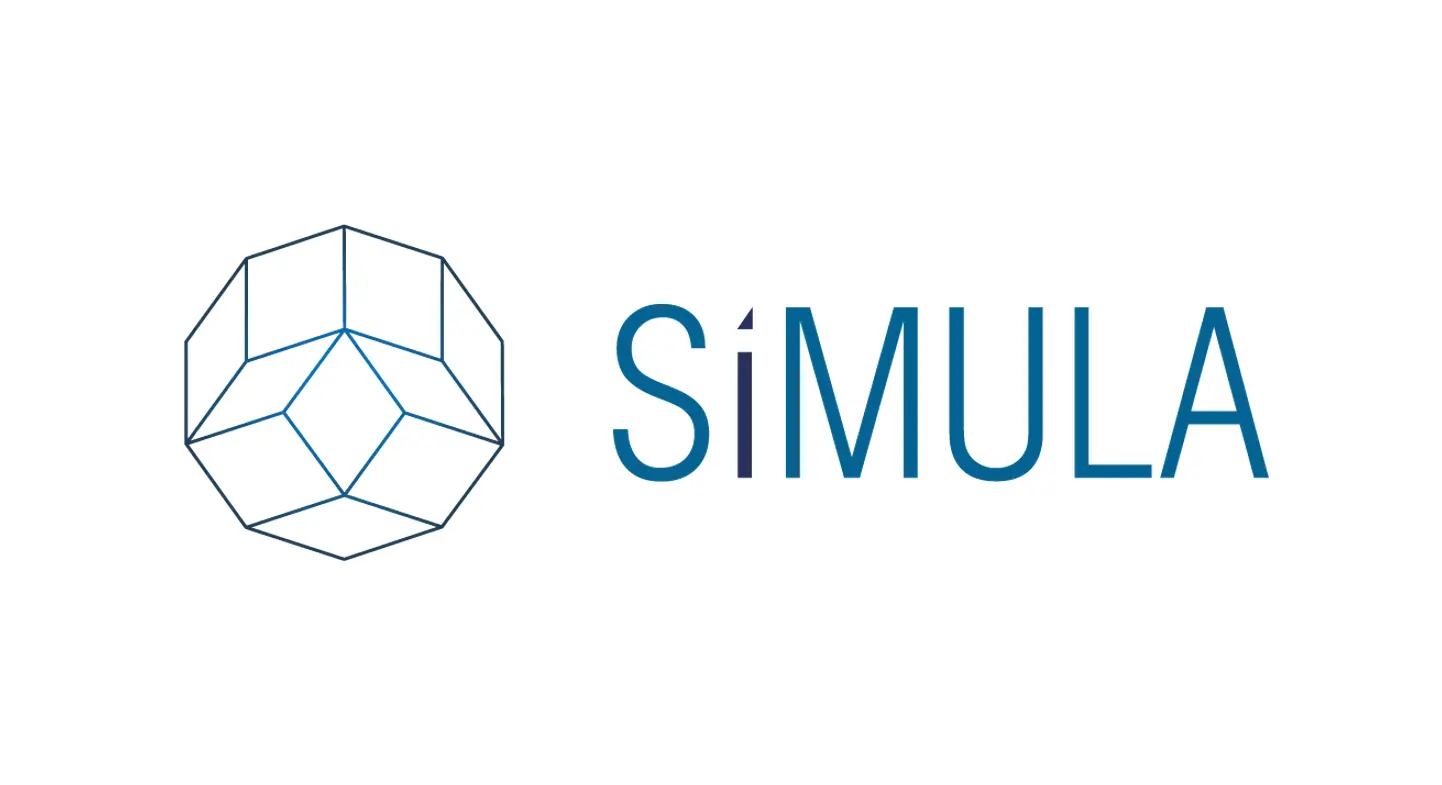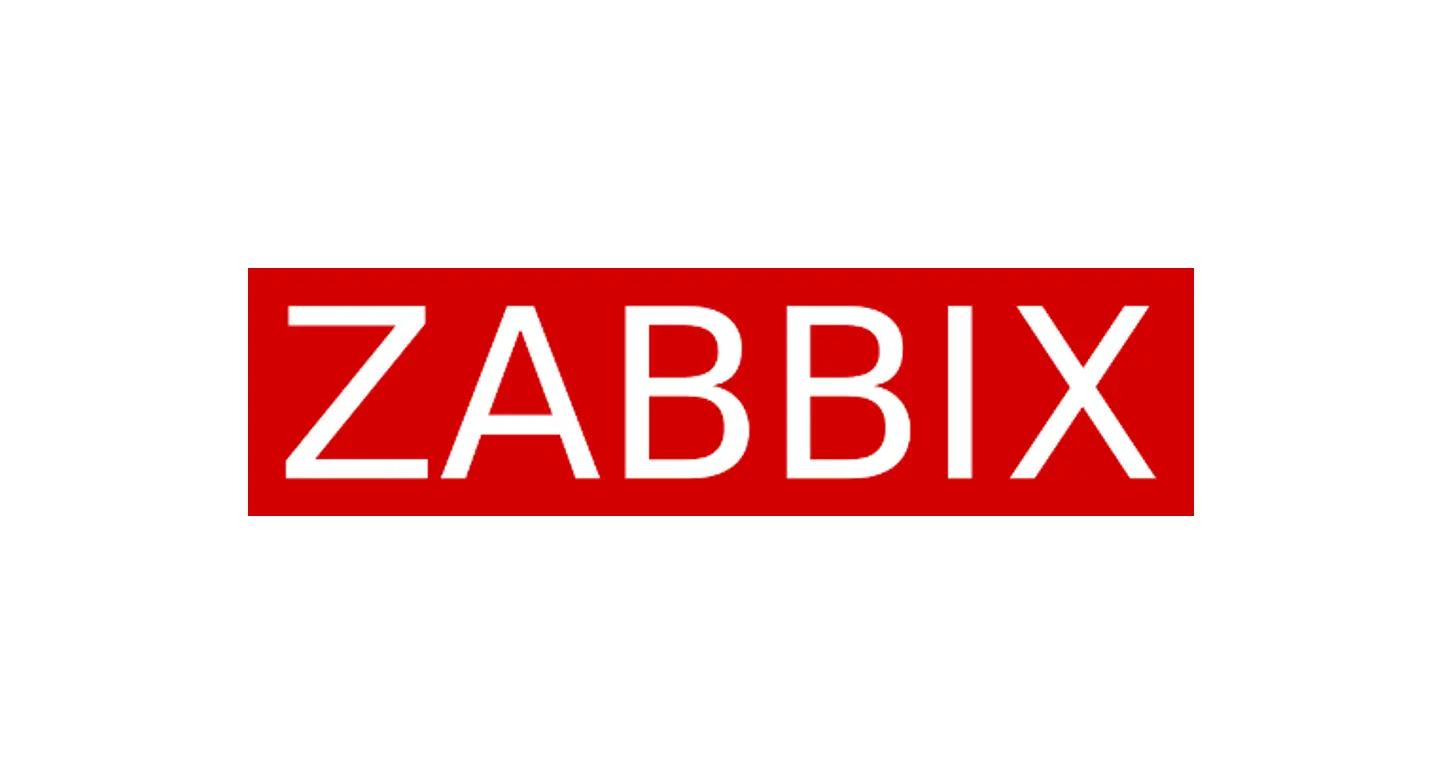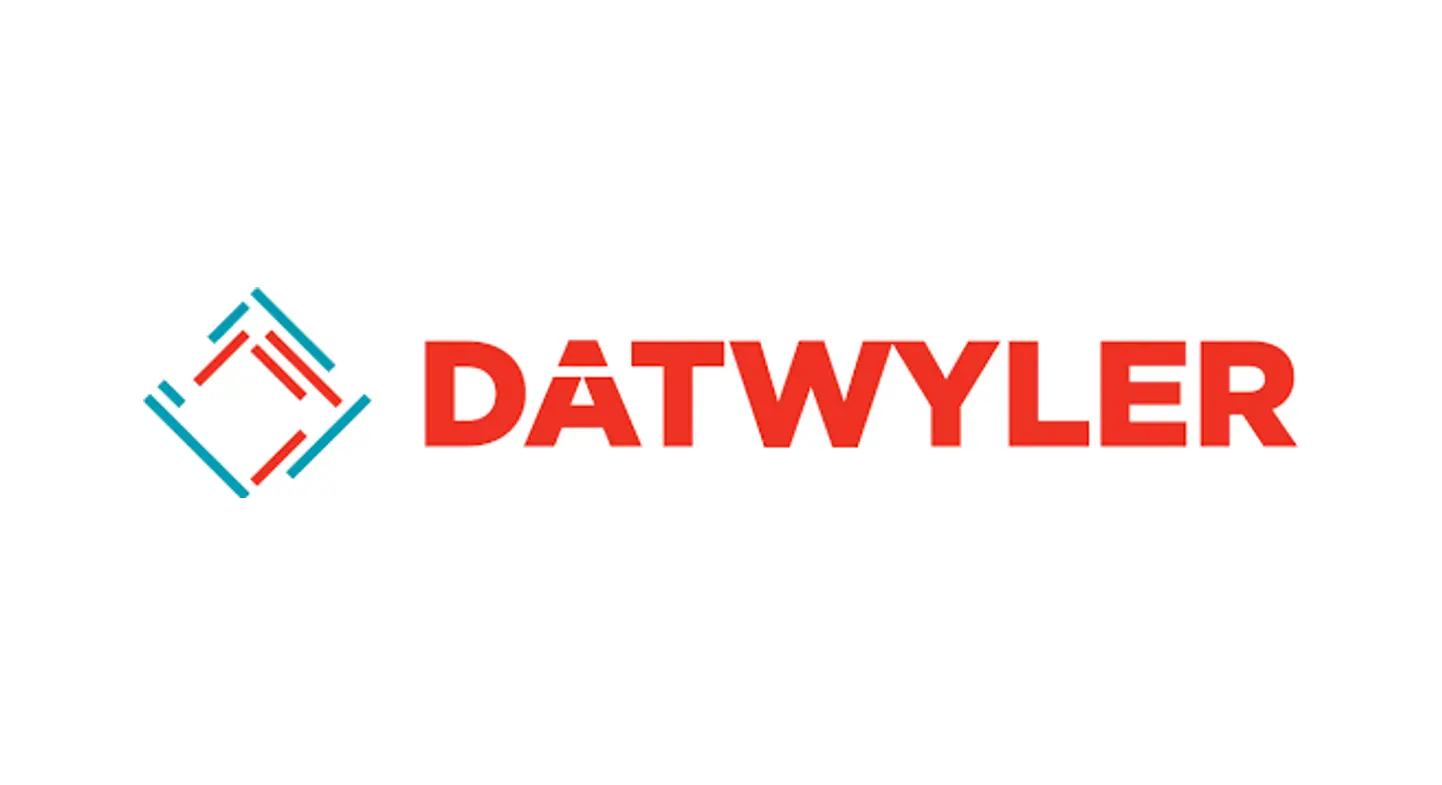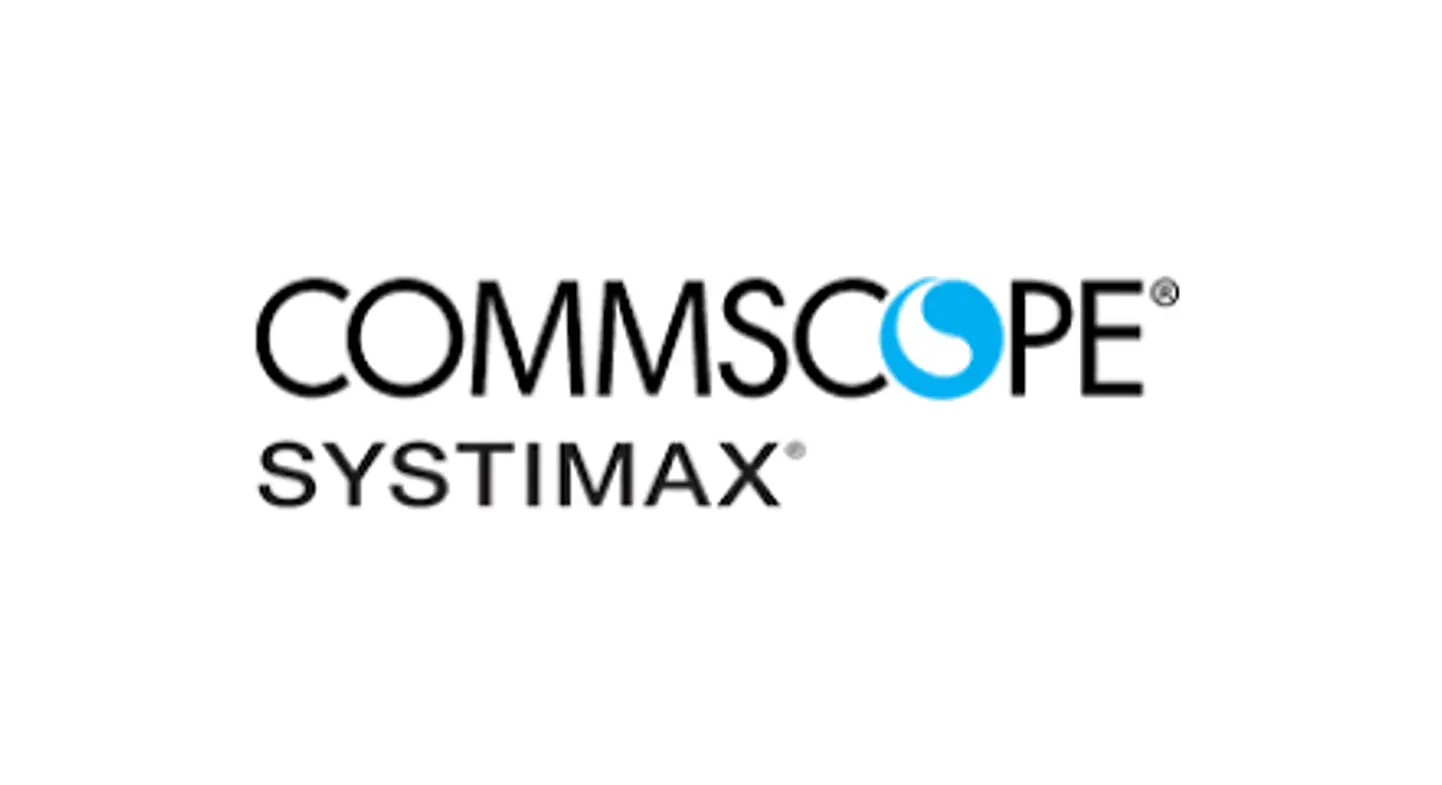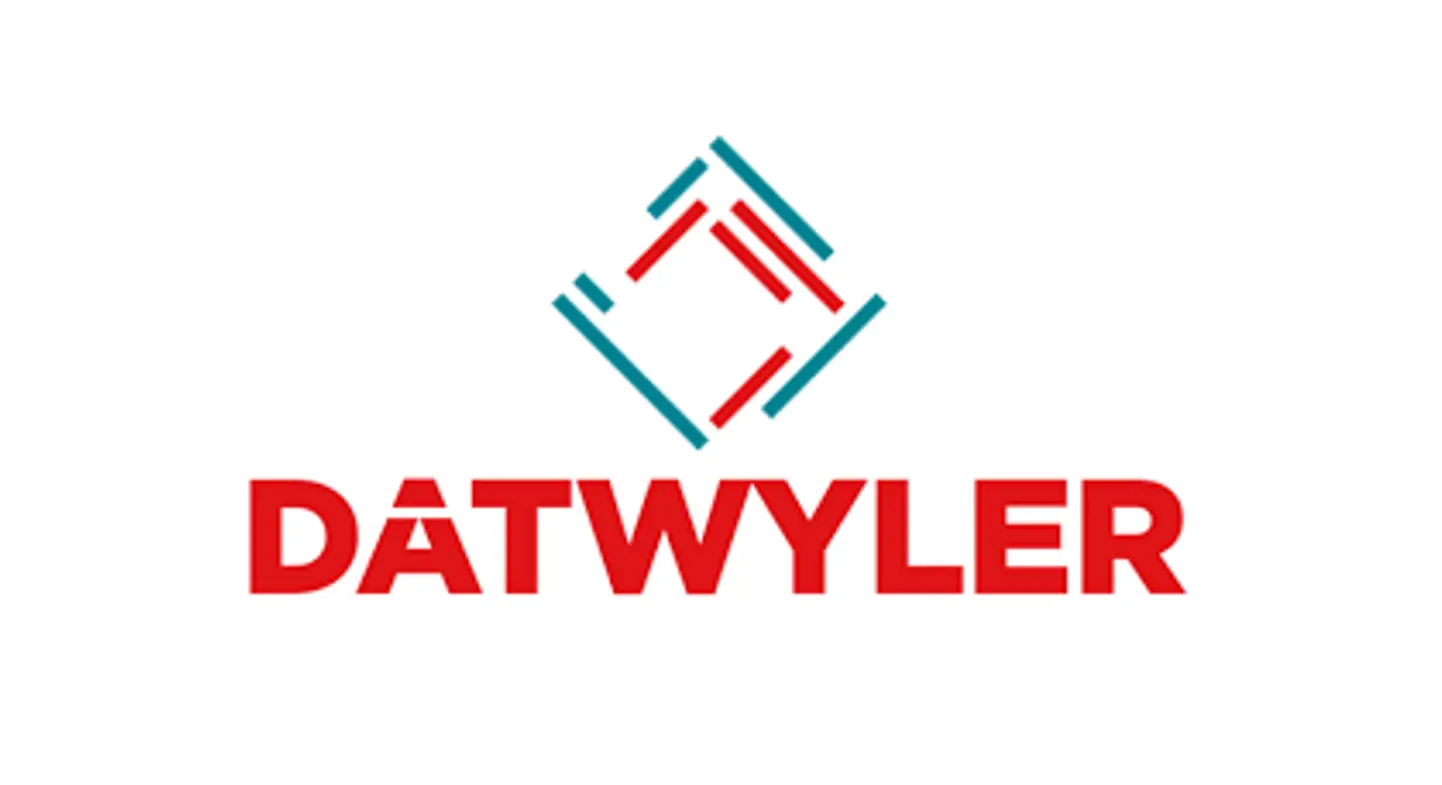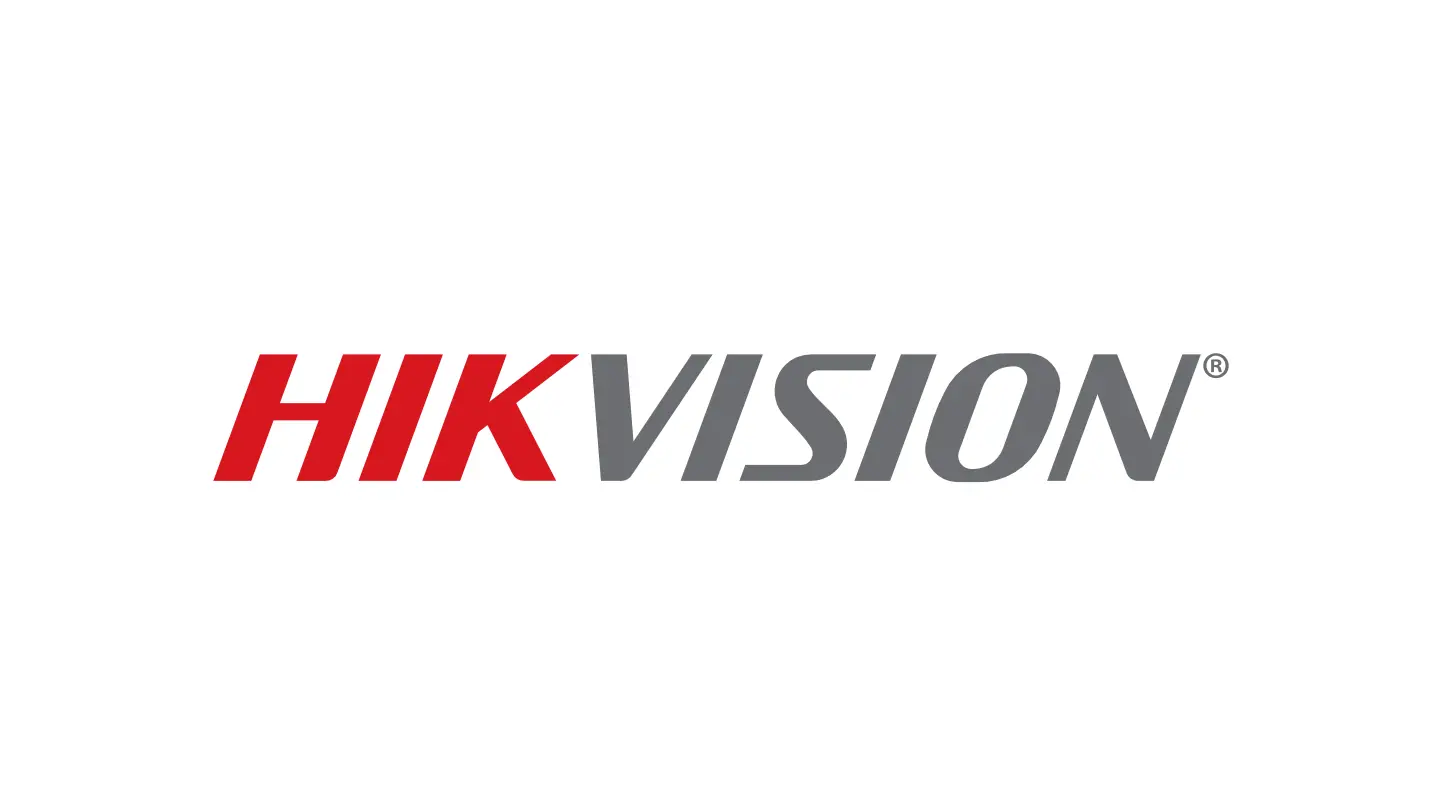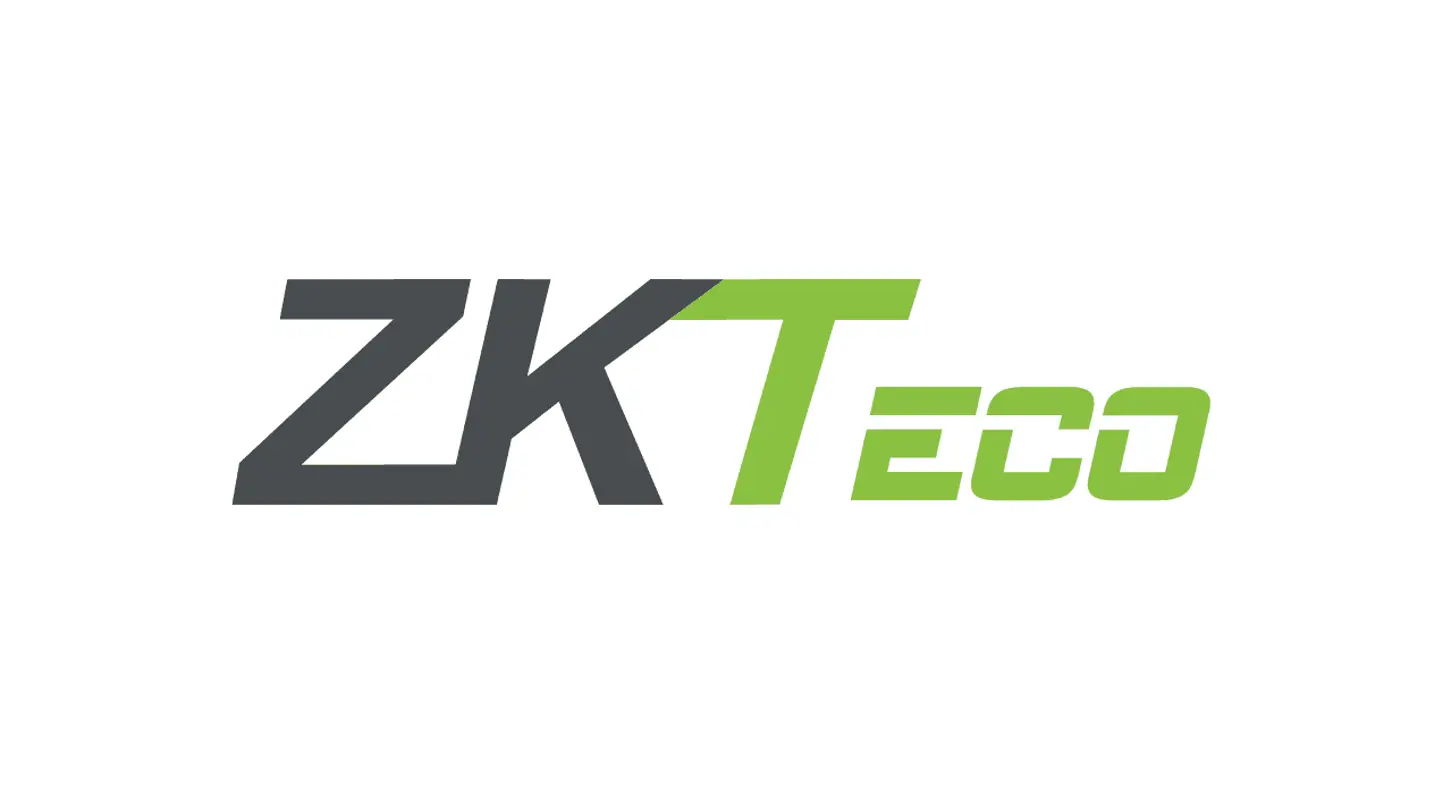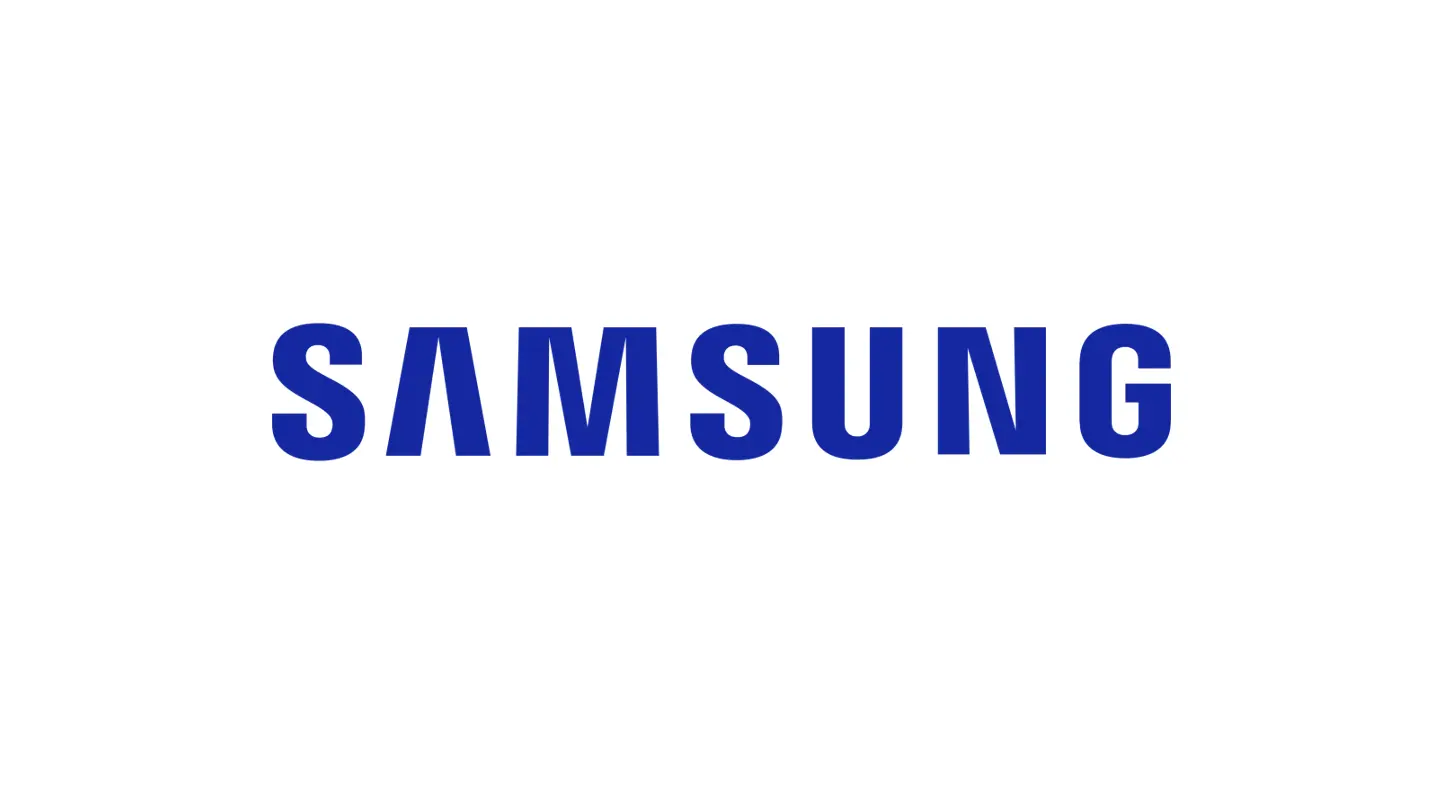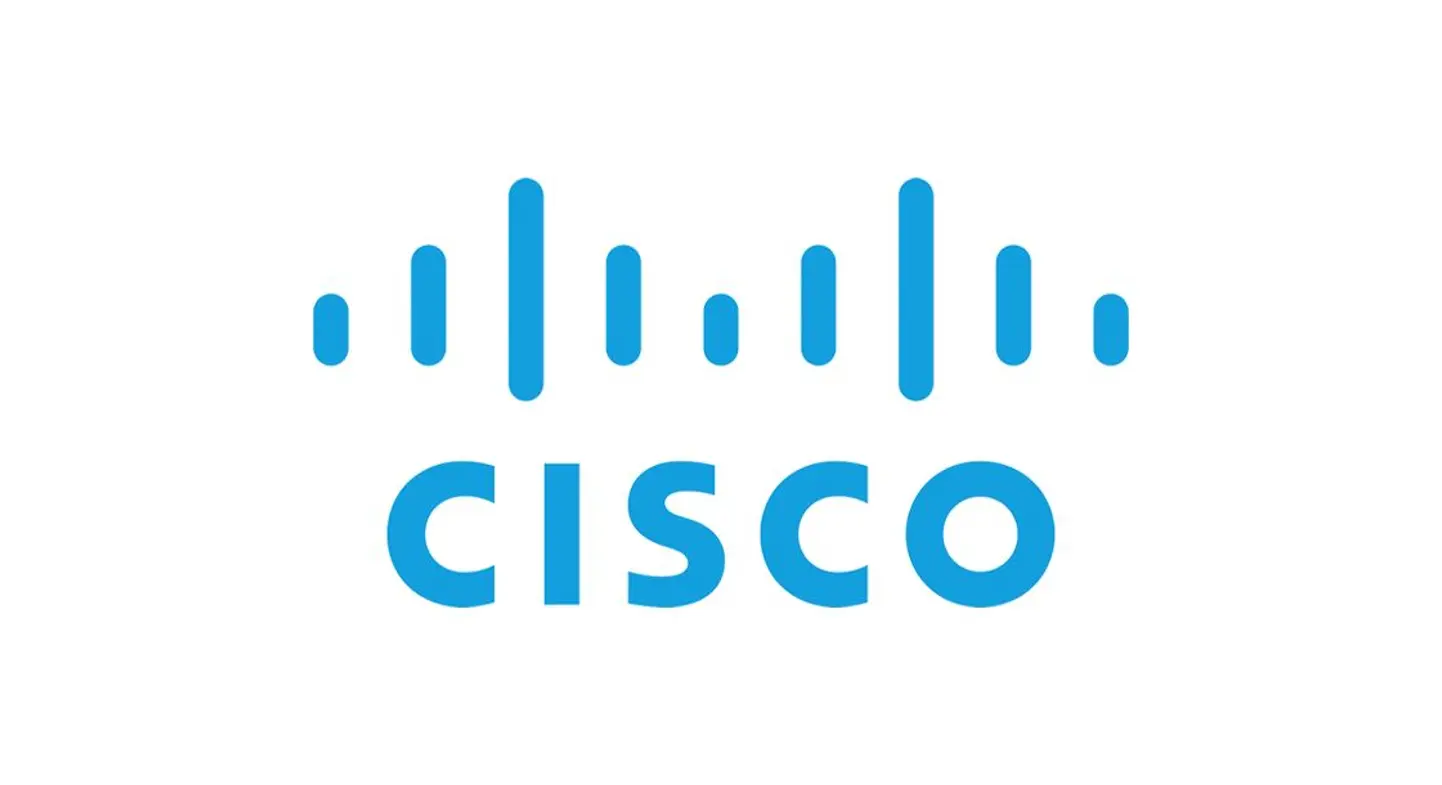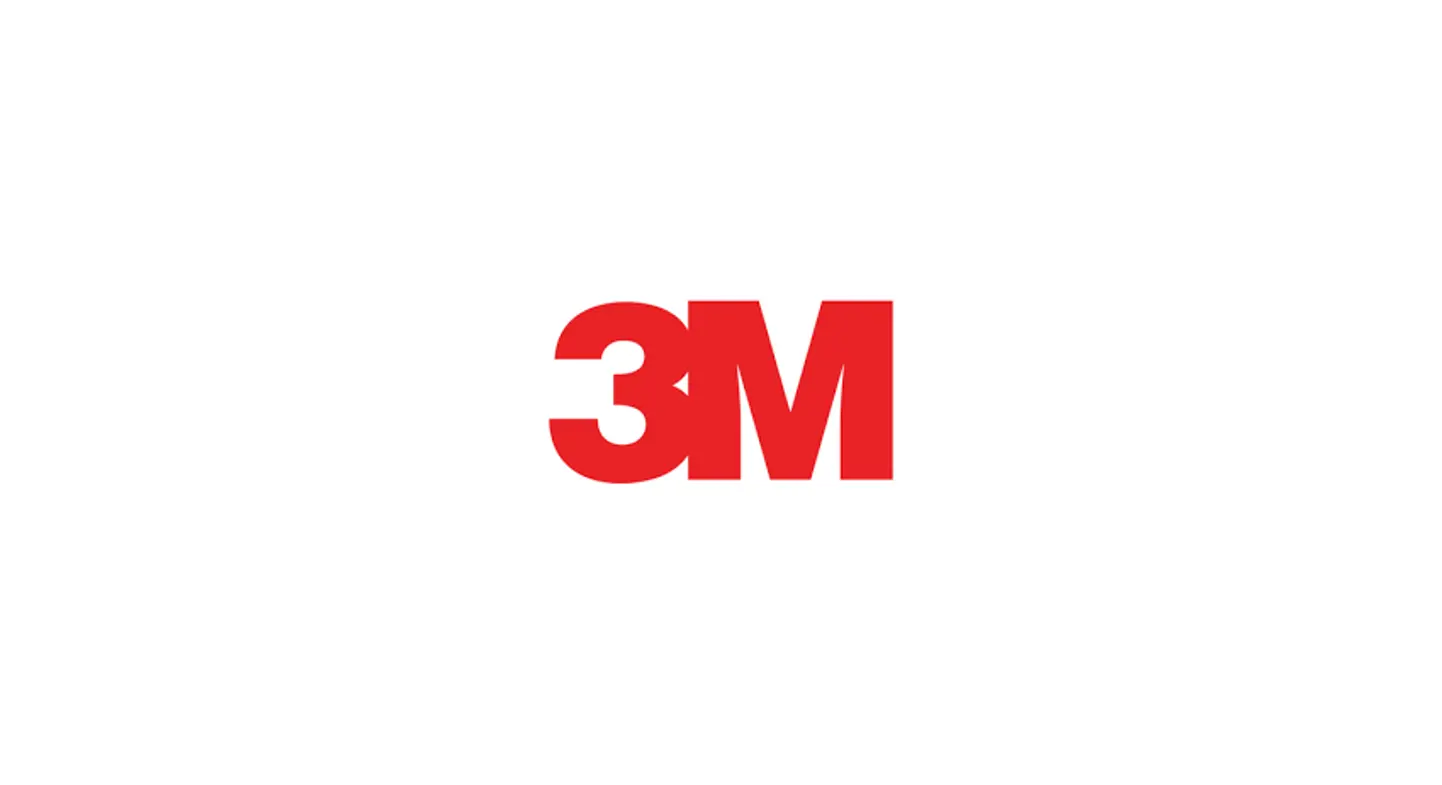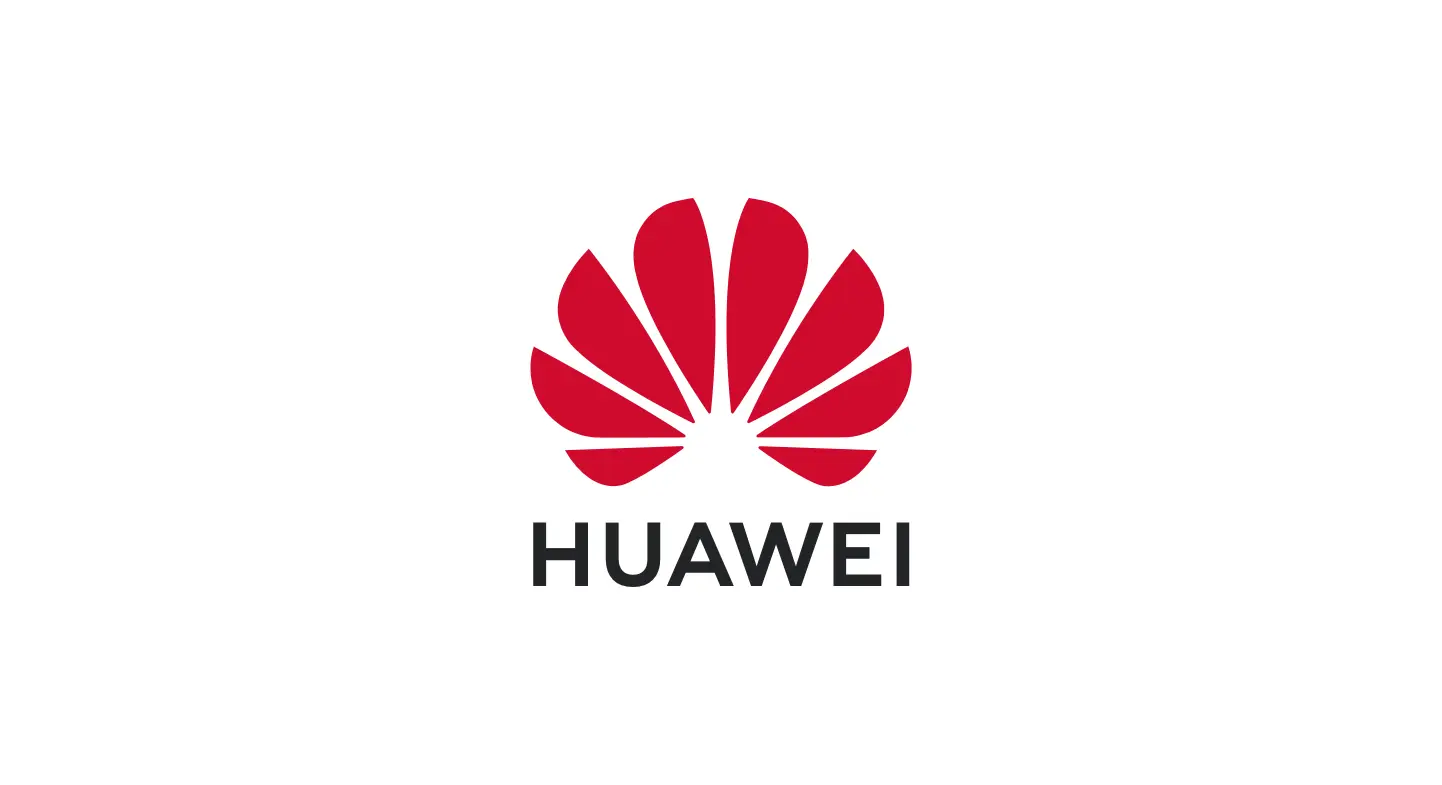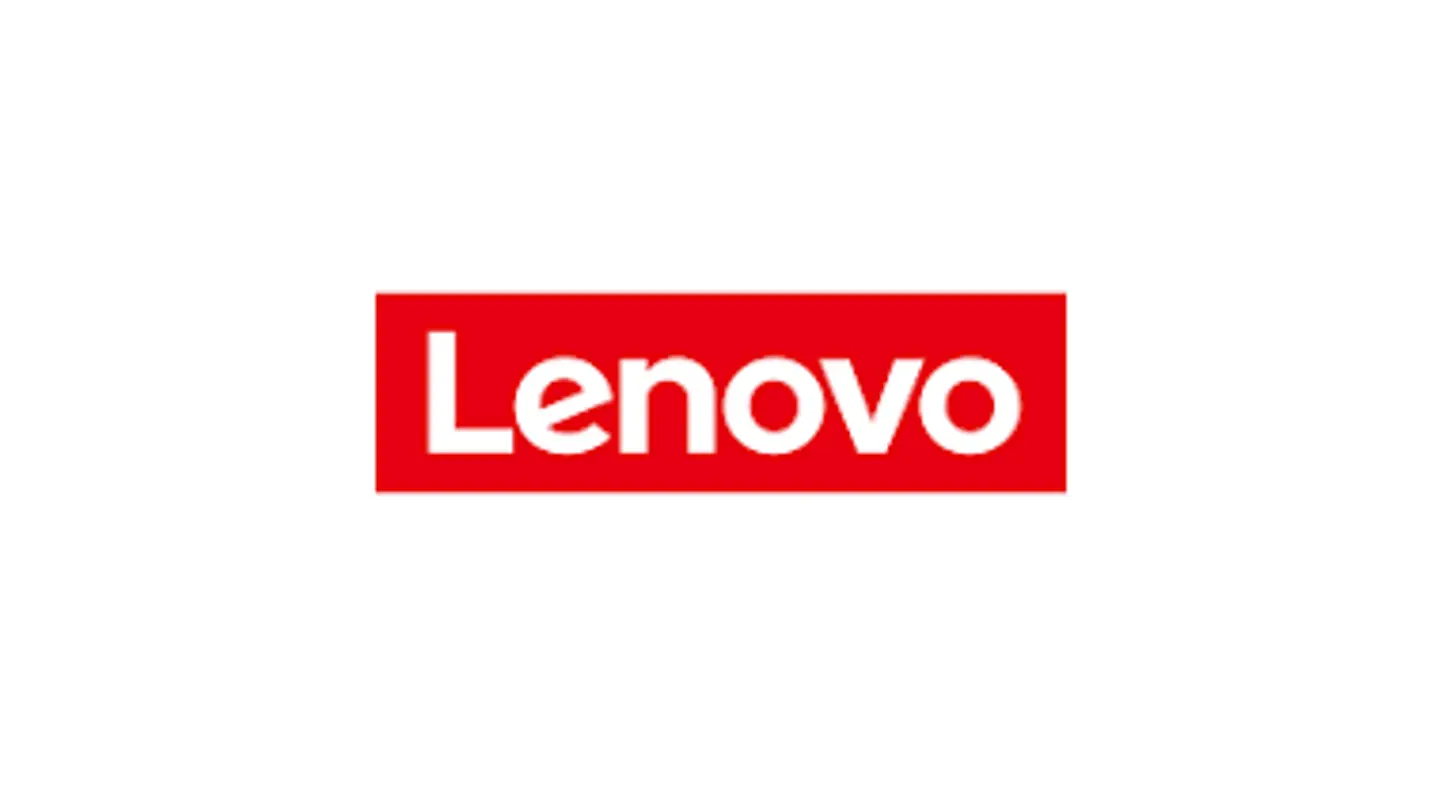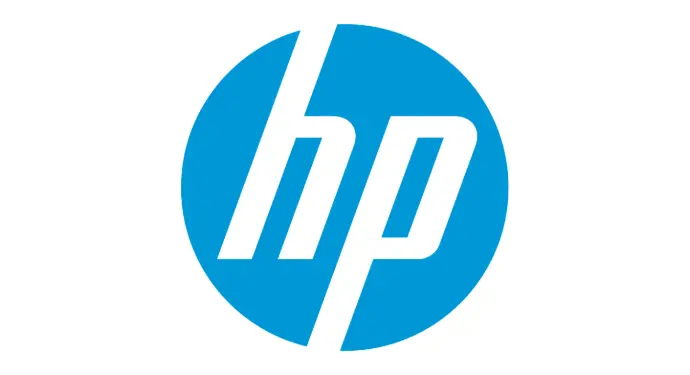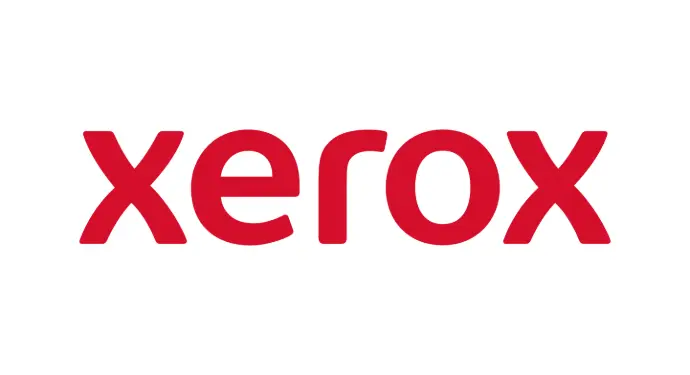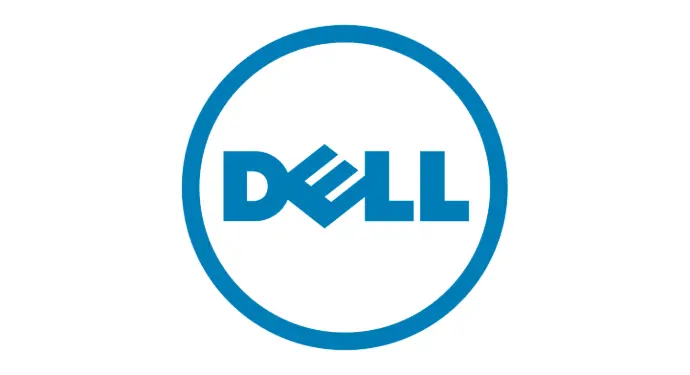من نحن
من نحن
منذ إنشائها ولمدة أربعة عشر عاماً، اعتمدت الحلول المتينة على أفضل المعايير العالمية في
تنفيذ مشاريعها وتسليم المخرجات لعملائها. تعتبر الحلول المتينة اليوم، واحدة من أسرع
الشركات نمواً في مجال تقنية المعلومات والاستشارات التقنية بالمنطقة. تمكننا من تحقيق
نجاحات ملموسة من خلال التزامنا باستقطاب أفضل الكفاءات المحلية التي تمتلك خبرات
طويلة في تنفيذ المشاريع التقنية وتقديم الاستشارات ذات العلاقة
منذ إنشائها ولمدة أربعة عشر عاماً، اعتمدت الحلول المتينة على أفضل المعايير العالمية في تنفيذ مشاريعها وتسليم المخرجات لعملائها. تعتبر الحلول المتينة اليوم، واحدة من أسرع الشركات نمواً في مجال تقنية المعلومات والاستشارات التقنية بالمنطقة. تمكننا من تحقيق نجاحات ملموسة من خلال التزامنا باستقطاب أفضل الكفاءات المحلية التي تمتلك خبرات طويلة في تنفيذ المشاريع التقنية وتقديم الاستشارات ذات العلاقة
عملاؤنا
عملاؤنا
نفخر بخدمة مجموعة متنوعة من العملاء
الذين يعتمدون على حلولنا التقنية لتعزيز أدائهم الرقمي
نفخر بخدمة مجموعة متنوعة من العملاء الذين يعتمدون على حلولنا التقنية لتعزيز أدائهم الرقمي
أبرز الحلول
أبرز الحلول
خدمات تقنية متكاملة
خدمات تقنية متكاملة

حلول التحول الرقمي والأتمتة
نساعد المؤسسات في الانتقال إلى بيئة رقمية متكاملة من خلال تصميم وتطوير بوابات إلكترونية داخلية وخارجية، وتوفير خدمات إلكترونية مبتكرة، وتطوير تطبيقات مخصصة. كما نقدم أنظمة الدخول الموحد لتسهيل الوصول وإدارة المستخدمين بفعالية

الحلول المؤسسية المتكاملة
نقدم حلولاً متقدمة لإدارة الوثائق وإجراءات العمل، وأنظمة مراقبة وتحليل البنية التحتية باستخدام أدوات حديثة مثل Zabbix، بالإضافة إلى تطوير وتخصيص أنظمة Odoo ERP لتلبية احتياجات المؤسسات المختلفة
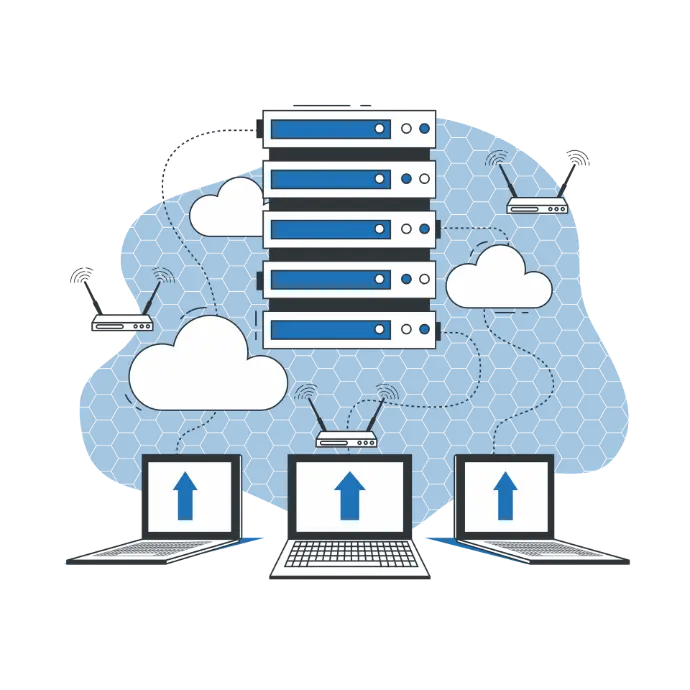
حلول الشبكات المتقدمة
نقدم خدمات شاملة تشمل تجهيز مراكز البيانات، تصميم الشبكات، أنظمة الحماية والجدران النارية، أنظمة المراقبة بالكاميرات، وأنظمة التحكم بالدخول والخروج، لضمان تكامل الشبكات وحماية البنية التحتية بأعلى المعايير
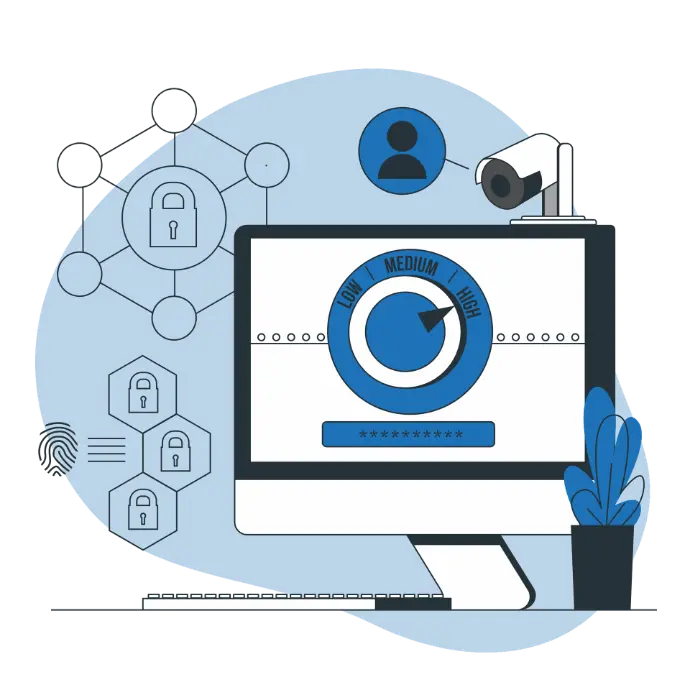
حلول أمن المعلومات
نوفر حلولاً شاملة تشمل تقييم أمان الأنظمة، إدارة الحوادث الأمنية، الالتزام بالمعايير الأمنية، وبرامج تدريبية متخصصة لتعزيز وعي الموظفين وضمان حماية المعلومات

حلول الاستشارات المتخصصة
نقدم استشارات تقنية متقدمة تشمل التخطيط الاستراتيجي لتقنية المعلومات وتأسيس مكاتب إدارة المشاريع لضمان تحسين الأداء المؤسسات، بالإضافة إلى تمكين الجهات الحكومية في رفع مستويات النضج في مؤشر قياس التحول الرقمي

الحلول المدارة والتحول الرقمي
نقدم حلولاً متكاملة تشمل إدارة وتشغيل مشاريع تقنية المعلومات عبر توفير كوادر مؤهلة ومحترفة وبرامج نقل المعرفة لتطوير المهارات وتحسين الأداء وزيادة الإنتاجية

حلول التحول الرقمي والأتمتة
نساعد المؤسسات في الانتقال إلى بيئة رقمية متكاملة من خلال تصميم وتطوير بوابات إلكترونية داخلية وخارجية، وتوفير خدمات إلكترونية مبتكرة، وتطوير تطبيقات مخصصة. كما نقدم أنظمة الدخول الموحد لتسهيل الوصول وإدارة المستخدمين بفعالية

الحلول المؤسسية المتكاملة
نقدم حلولاً متقدمة لإدارة الوثائق وإجراءات العمل، وأنظمة مراقبة وتحليل البنية التحتية باستخدام أدوات حديثة مثل Zabbix، بالإضافة إلى تطوير وتخصيص أنظمة Odoo ERP لتلبية احتياجات المؤسسات المختلفة

حلول الشبكات المتقدمة
نقدم خدمات شاملة تشمل تجهيز مراكز البيانات، تصميم الشبكات، أنظمة الحماية والجدران النارية، أنظمة المراقبة بالكاميرات، وأنظمة التحكم بالدخول والخروج، لضمان تكامل الشبكات وحماية البنية التحتية بأعلى المعايير

حلول أمن المعلومات
نوفر حلولاً شاملة تشمل تقييم أمان الأنظمة، إدارة الحوادث الأمنية، الالتزام بالمعايير الأمنية، وبرامج تدريبية متخصصة لتعزيز وعي الموظفين وضمان حماية المعلومات

حلول الاستشارات المتخصصة
نقدم استشارات تقنية متقدمة تشمل التخطيط الاستراتيجي لتقنية المعلومات وتأسيس مكاتب إدارة المشاريع لضمان تحسين الأداء المؤسسات، بالإضافة إلى تمكين الجهات الحكومية في رفع مستويات النضج في مؤشر قياس التحول الرقمي

الحلول المدارة والتحول الرقمي
نقدم حلولاً متكاملة تشمل إدارة وتشغيل مشاريع تقنية المعلومات عبر توفير كوادر مؤهلة ومحترفة وبرامج نقل المعرفة لتطوير المهارات وتحسين الأداء وزيادة الإنتاجية
شركاتنا
شركاتنا
شامل 360
نظام ERP مرن ومتكامل
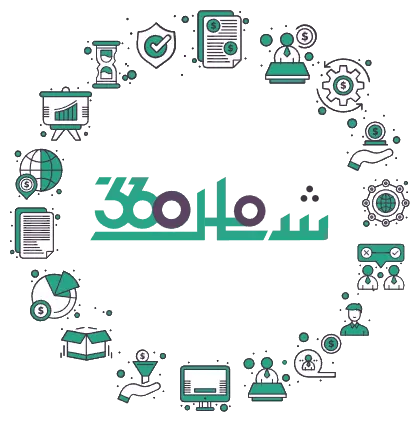
شامل 360
خدماتنا في شامل 360
خدماتنا في شامل 360

التخصيص

التكامل

التدريب

التخصيص

التكامل

التدريب
لمعرفة المزيد، زوروا موقع شامل 360 الآن!
شامل 360
زوروا موقع شامل 360 الآن!
شامل 360
لماذا تختار الحلول المتينة؟

تقنيات حديثة
نعتمد على أحدث التقنيات وأفضل الأدوات لضمان تقديم حلول مستقبلية ومستدامة
حلول مخصصة
نصمم حلولًا تقنية تناسب احتياجاتك الخاصة، مع مرونة عالية للتكيف مع متطلباتك
جودة واحترافية
نعمل وفقًا لأفضل المعايير العالمية لضمان تقديم خدمات تتسم بالجودة والدقة
خبرة واسعة
نتمتع بخبرة تزيد عن 10 سنوات في تقديم حلول تقنية مبتكرة تغطي مختلف القطاعات
التوزع الجغرافي
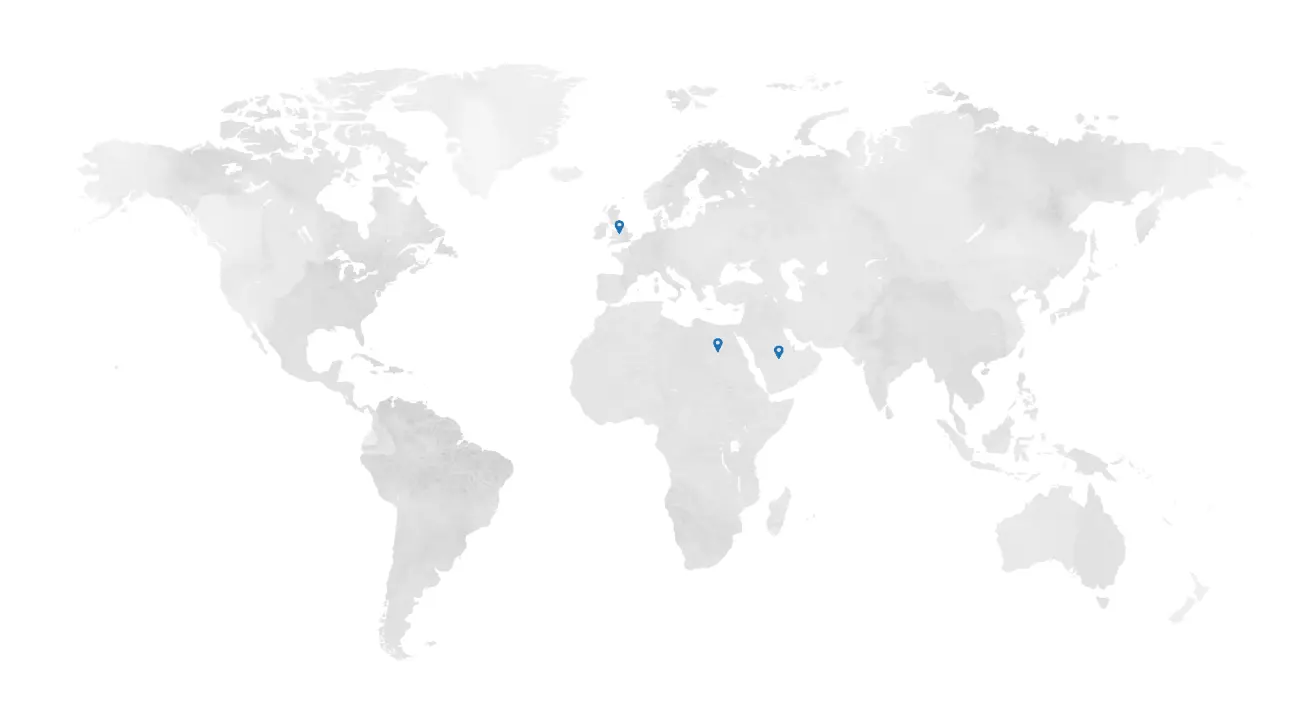
شركاؤنا
شركاؤنا
نرتكز على شراكات استراتيجية مع رواد تقنية المعلومات لتقديم حلول تلبي احتياجات عملائنا المتطورة
وتضمن توفير بيئة تقنية متينة تدعم نمو الأعمال
نرتكز على شراكات استراتيجية مع رواد تقنية المعلومات لتقديم حلول تلبي احتياجات عملائنا المتطورة وتضمن توفير بيئة تقنية متينة تدعم نمو الأعمال


